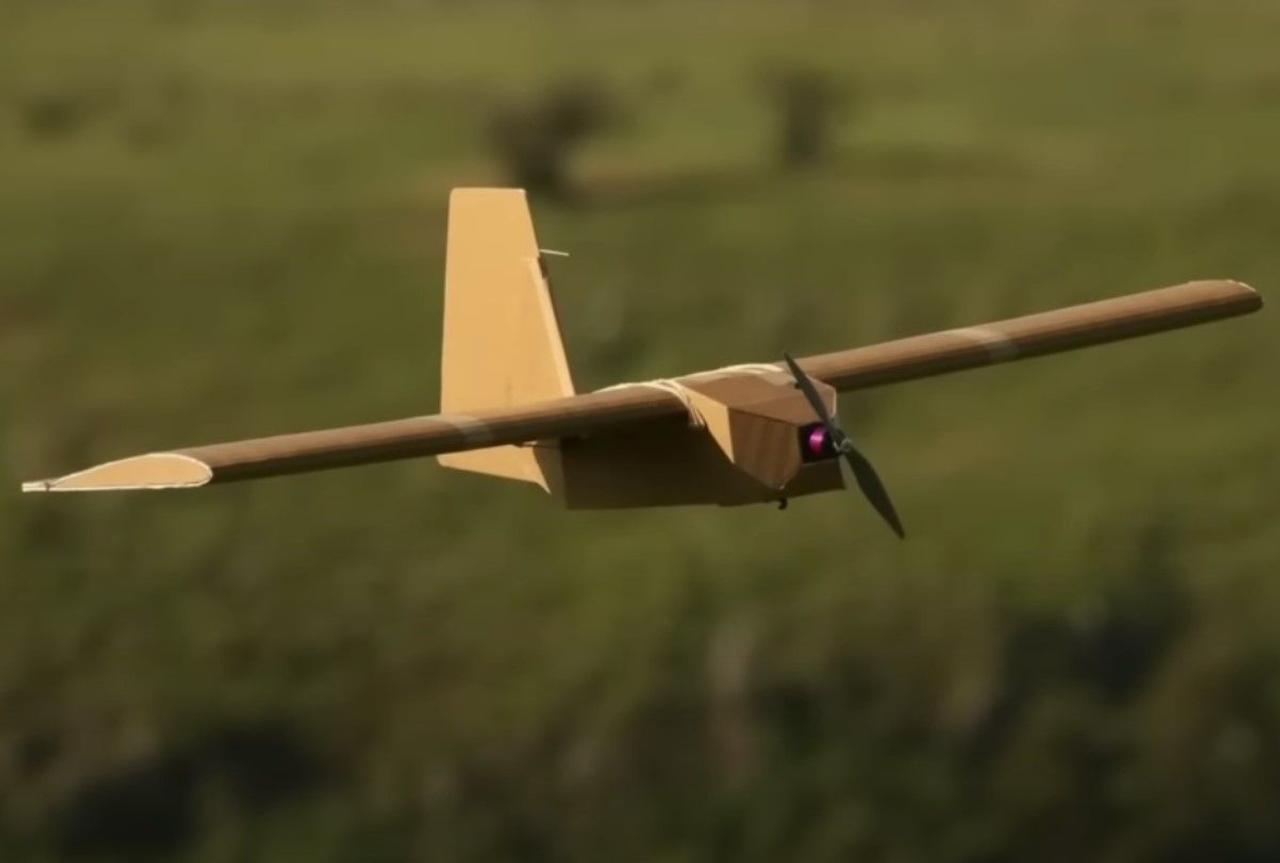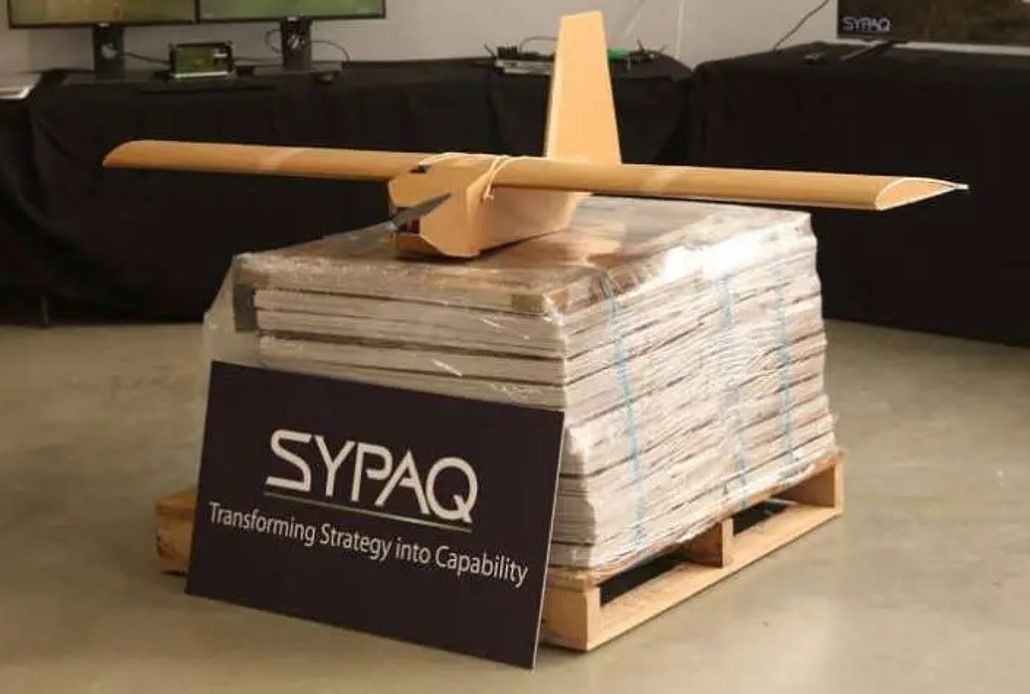
How cardboard Sorvo drones destroy Russian occupiers’ planes
Australia regularly provides Ukraine with Corvo cardboard drones, which are called a “precision payload delivery system” PPDS. Cardboard drones are capable of attacking targets at a distance of up to 120 kilometers. It is believed that they attacked military airfields in the Kursk and Pskov regions.
Military experts suggest that the drones, made of cardboard parts held together with rubber bands and duct tape, have already destroyed or damaged five Russian aircraft during the war in Ukraine.
The Corvo PPDS UAV, originally designed for reconnaissance and supply, has been transformed by Australian engineers and the Ukrainian military into a highly effective kamikaze drone capable of carrying about three kilograms of explosives over a distance of more than 120 kilometers.

The Ukrainian Armed Forces conducted a series of strikes using UAVs on Russian airfields. For example, the air base in Kursk was attacked, destroying five fighter jets, missile launchers, and an air defense system. Another attack was carried out on the airfield in Pskov, where four IL-76 cargo planes were destroyed and damaged. It is assumed that in both cases, cardboard Corvo drones were used to raid targets hundreds of kilometers from the Russian border.
The Precision Payload Delivery System (PPDS) carries 3 kilograms of payload per 120 kilometers. In the updated version, the payload has been increased to 6 kg, as well as the size of the drone. At the same time, the UAVs remained modular and easy to assemble, like a construction set, and their size is almost equal to a shoebox.
The PPDS is equipped with a laptop or tablet that is programmable for avionics, allowing mission planning. It has a special launcher.
A useful advantage of Corvo PPDS is its low cost. It is about 5 thousand Australian dollars or a little more than 3 thousand US dollars.

“When we look at military-grade fixed-wing systems, we are talking about a price of 20 to 30 thousand US dollars. For us, it will be about 3 thousand US dollars. This really allows cardboard drones to be used more actively and efficiently,” said Michael Partridge of SYPAQ Australia, an Australian engineering company.

